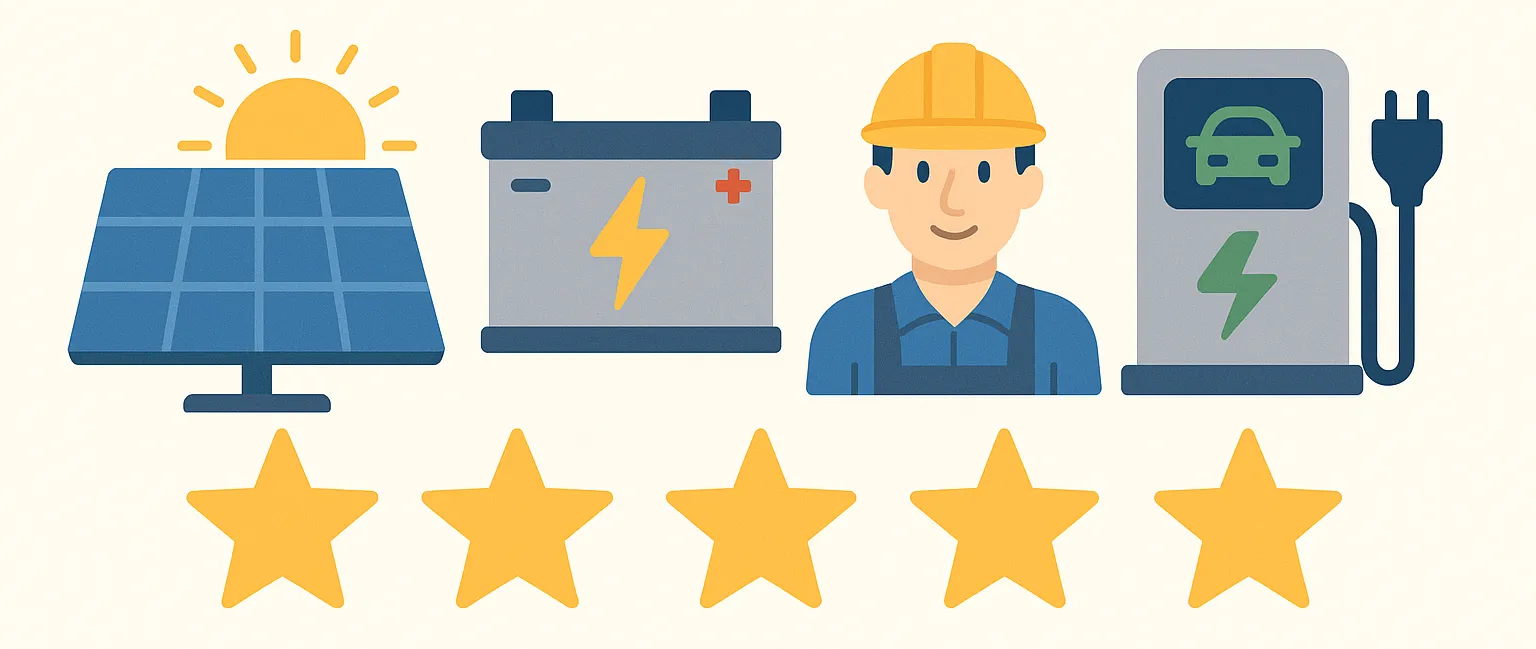There’s some compelling reasons to try solar-as-a-service.
Alan Hunter and his small team at the National Renewable Network, formerly Sola.io, have spent two years nutting out an alternative to consumers owning and operating their own home solar and battery systems.
Hunter pivoted into the energy industry a few years ago after creating a successful business renting cars to Uber drivers. He’s now trying to do something similar for rooftop solar and batteries.
“I don’t think that we should be relying on consumers or businesses to buy the infrastructure for tomorrow… we are challenging the facts about ownership of renewable assets.”
What’s unique about Hunter’s solar-as-a-service model from other attempts to disrupt the traditional ownership model for rooftop solar is its partnerships with energy retailers.
Other companies use power purchase agreements or rent direct to the customer, such as Enpal, a German solar startup that has recently raised €150 million from Japan’s SoftBank Vision Fund 2. Hunter says teaming up retailers makes sense in Australia due to regulations that prevent arrangements that lock consumers into one retailer.
The company already has a collection of retailers signed up and the plan is to keep expanding this network so that consumers can shop around for the best deal on their renewable plan. So far, NRN has 37 pilot sites in operation and plans to launch another 850 next year.
How it works
Under the model, NRN owns and manages consumer solar and batteries that are operated as virtual power plants (VPP). NRN charges retailers a fee for access to the renewable assets that then create energy plans for the infrastructure that operate much like mobile phone plans, where consumers don’t own phones outright but pay for data every month. Despite paying this fee, retailers are better off because they can access other income streams, the wholesale market and the ancillary market, as well as the income from consumers. They also pay lower network charges because there’s more storage and generation occurring behind the meter.
Hunter says retailers can charge their customers less and provide homes and businesses with clean energy, which should decrease churn and increase customer acquisition.
Consumers are grateful for a simple one-bill energy plan, Hunter says, and they also don’t have to part with the upfront capital for a solar and battery system. They are also not taking on “huge” liability and risk. that one in five solar systems in Australia are deficient , amounting to an estimated $3.5 billion of wasted consumer money.
“We don’t feel that’s fair.”
Instead, the company absorbs the risk and is incentivised to make sure it’s a quality fitout and installed property, with direct warranty agreements with the manufacturer.
The model is supported by an ESG fund, which Hunter says can provide yields that are double yields for standard solar farms. He says the fund promotes a yield of above 9 per cent for investors in its ESG fund.

The intention is to eventually be operating a VPP across 40,000 sites across the country, which would make it the largest virtual power plant in the southern hemisphere and an attractive investment option as the risk of unsuitable weather is spread across a large geographical area.
Hunter also has his eyes on the rental market, which is largely locked out of the market because landlords are not incentivised to install rooftop solar when the savings are reaped solely by the tenant through cheaper bills. With the rental model, landlords could sign up through the retailer in return for a percentage of the yield.
Good for the energy market, good for the environment
Hunter says the model helps to solve some of the key pain points in the clean energy transition.
For one, at the moment, retailers lose money when customers install a solar system so they have little financial incentive to encourage uptake.
“Retailers are one of the main components in our energy supply chain. If they’re not incentivised to help consumers go green, then we’re never going to hit these large targets that we have ahead of us to decarbonise the grid.”
The model also encourages battery uptake. The upfront cost of batteries remains prohibitive, which is doing nothing to support the energy market that is flooded by solar during the day, putting energy markets into negative pricing, and then experiences increased demand in the evening when people return home and solar systems stop generating.
By allowing retailers to tap into virtual power plants on behalf of their customers, they can start being compensated for managing the flows of energy and simultaneously support the ongoing penetration of clean energy.
Hunter adds that under his company’s model for creating VPPs, the system can be made smarter with a modem behind the energy management systems which ables retailers to control hot water tanks, swimming pool pumps, electric vehicles, airconditioning units and other devices, which adds to the flexibility and capacity of the VPP.
Poppy Johnston is the editor of Ecogeneration.
News item provided courtesy of Ecogeneration - www.ecogeneration.com.au
